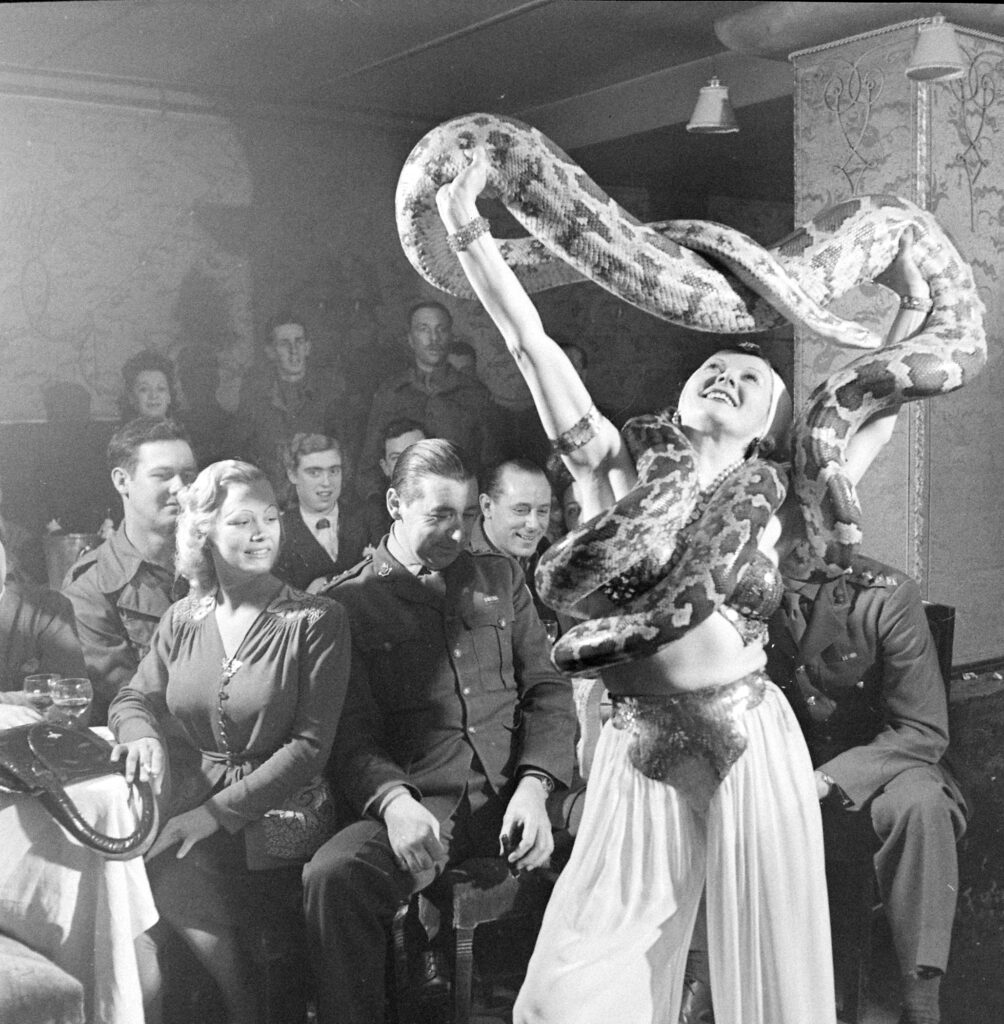Written By: Ben Cosgrove
On April 30, 1939, the colossal New York World’s Fair opened in what is now Flushing Meadows-Corona Park, in the borough of Queens. The 1939 world exposition — or “expo,” for short — was unique in many respects, not least in that it differed in both theme and purpose from the expositions that had come before, in places like Paris, London, Chicago, and St. Louis. Those world’s fairs had, by and large, celebrated technological innovation and advances in science and medicine. The New York World’s Fair, on the other hand, took as its focus nothing less than, in the words of the fair’s official bulletin, presenting visions of “the World of Tomorrow.”
This, the fair told its visitors — more than 40 million of them, by the time the expo ended — this is what we believe the future will look like.
That the future, in many of the exhibits and pavilions at the fair, looked almost wholly urban, rather sterile and vaguely Le Corbusierian might be a little disappointing to some viewers today. But when one considers that the 1939 expo — the second-largest American world’s fair of all time — was conceived, planned and executed in the latter years of the Great Depression and on the cusp of the global cataclysm of World War II, there’s something refreshingly and almost audaciously positive about the overall vibe. The exhibits might not have accurately anticipated or imagined what “Tomorrow” actually ended up looking like. But the fact that thousands brought the fair into being, and tens of millions came to witness the results of their efforts, suggests an optimism about the distant, if not the immediate, future that feels downright enviable today.
— story by Ben Cosgrove

Exterior view of the Administration Building for the 1939-1940 New York World’s Fair.
Margaret Bourke-White The LIFE Picture Collection/Shutterstock

Models of the sculpture ‘Night’ by artist Paul Manship, created for the 1939-1940 World’s Fair.
Margaret Bourke-White The LIFE Picture Collection/Shutterstock

Scene in Queens, New York, before the April 30, 1939, grand opening of the World’s Fair.
Alfred Eisenstaedt The LIFE Picture Collection/Shutterstock

Administrative buildings designed for the 1939 World’s Fair.
Margaret Bourke-White The LIFE Picture Collection/Shutterstock

Craftsmen work on a huge diorama prior to the opening of the 1939 Worlds Fair.
Margaret Bourke-White The LIFE Picture Collection/Shutterstock

Craftsmen work on a huge architectural model of “the city of the future” at the 1939 World’s Fair.
Alfred Eisenstaedt The LIFE Picture Collection/Shutterstock

Preparing for the 1939 World’s Fair, New York.
Alfred Eisenstaedt The LIFE Picture Collection/Shutterstock

Preparing for the 1939 World’s Fair, New York.
Alfred Eisenstaedt The LIFE Picture Collection/Shutterstock

Working on General Motors’ “Futurama” exhibit— the city of the near future— at the 1939 World’s Fair.
Alfred Eisenstaedt The LIFE Picture Collection/Shutterstock

Display in the Ford Motor Company pavilion at the 1939 World’s fair.
Hansel Mieth The LIFE Picture Collection/Shutterstock

Exhibit featuring raw materials that go into making Ford automobiles, 1939 New York World’s Fair.
Hansel Mieth The LIFE Picture Collection/Shutterstock

Waxworks on display at the 1939 World’s Fair, including Supreme Court Chief Justice Charles Evans Hughes (bottom middle) and Adolf Hitler.
Hansel Mieth The LIFE Picture Collection/Shutterstock

Exhibit featuring raw materials that go into making Ford automobiles, 1939 New York World’s Fair.
Hansel Mieth The LIFE Picture Collection/Shutterstock

Exhibit featuring raw materials that go into making Ford automobiles, 1939 New York World’s Fair.
Hansel Mieth The LIFE Picture Collection/Shutterstock

Architectural model created for the 1939 New York World’s Fair.
Alfred Eisenstaedt The LIFE Picture Collection/Shutterstock

Architectural model created for the 1939 New York World’s Fair.
Alfred Eisenstaedt The LIFE Picture Collection/Shutterstock

Architectural model created for the 1939 New York World’s Fair.
Alfred Eisenstaedt The LIFE Picture Collection/Shutterstock

Architectural model created for the 1939 New York World’s Fair.
Alfred Eisenstaedt The LIFE Picture Collection/Shutterstock

Architectural model created for the 1939 New York World’s Fair.
Margaret Bourke-White The LIFE Picture Collection/Shutterstock

Architectural model for a textile building created for the 1939 New York World’s Fair.
Margaret Bourke-White The LIFE Picture Collection/Shutterstock

Architectural model created for the 1939 New York World’s Fair.
Alfred Eisenstaedt The LIFE Picture Collection/Shutterstock

Architectural model created for the 1939 New York World’s Fair.
Margaret Bourke-White The LIFE Picture Collection/Shutterstock

Modernist symbols of the 1939 World’s Fair, the Trylon and the Perisphere— collectively called the “Theme Centre” of the expo.
Margaret Bourke-White The LIFE Picture Collection/Shutterstock

1939 New York World’s Fair.
Margaret Bourke-White The LIFE Picture Collection/Shutterstock

LIFE magazine feature on the 1939 New York World’s Fair.

LIFE magazine feature on the 1939 New York World’s Fair.

LIFE magazine feature on the 1939 New York World’s Fair.

LIFE magazine feature on the 1939 New York World’s Fair.

LIFE magazine feature on the 1939 New York World’s Fair.

LIFE magazine feature on the 1939 New York World’s Fair.

LIFE magazine feature on the 1939 New York World’s Fair.

LIFE magazine feature on the 1939 New York World’s Fair.

LIFE magazine feature on the 1939 New York World’s Fair.









































